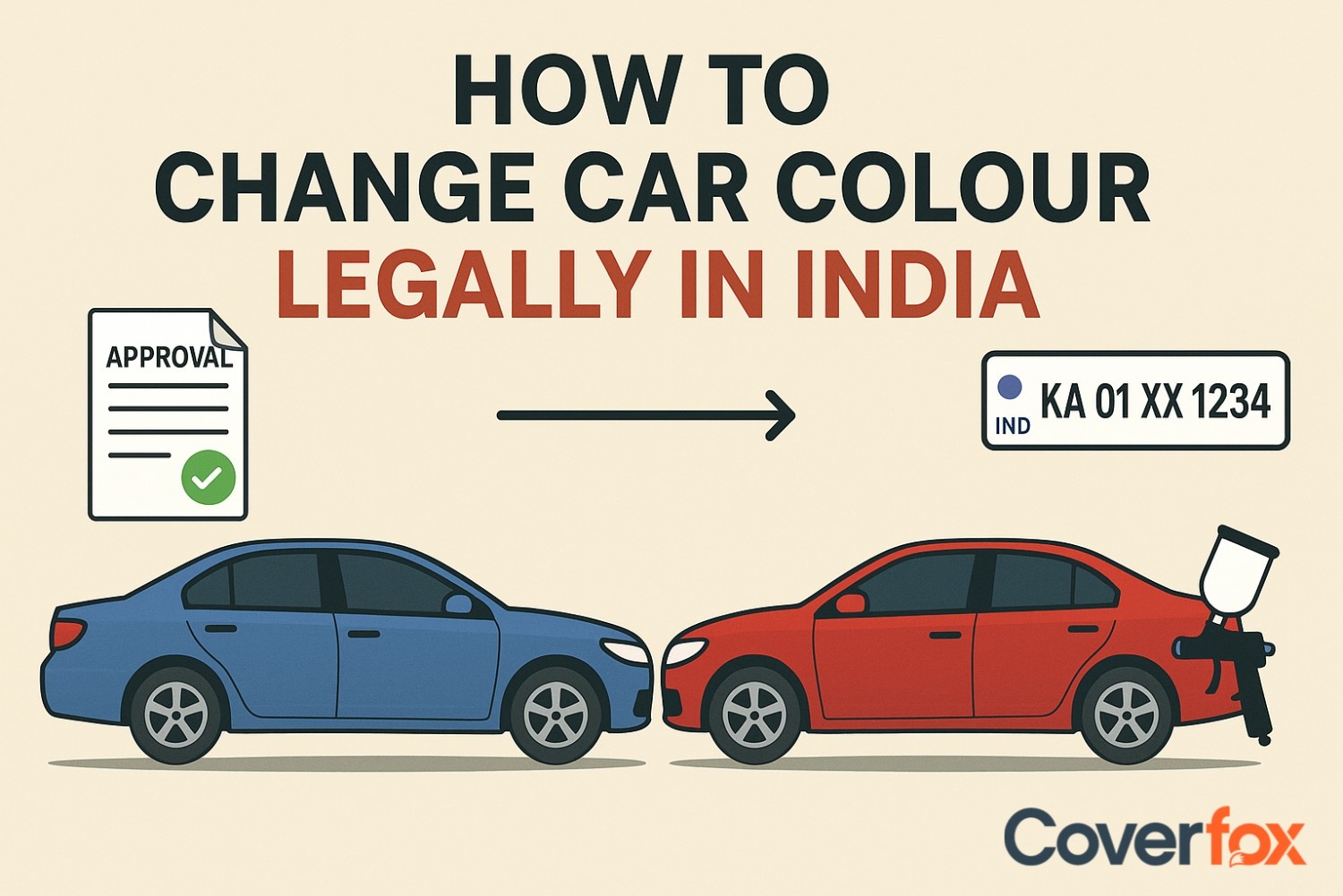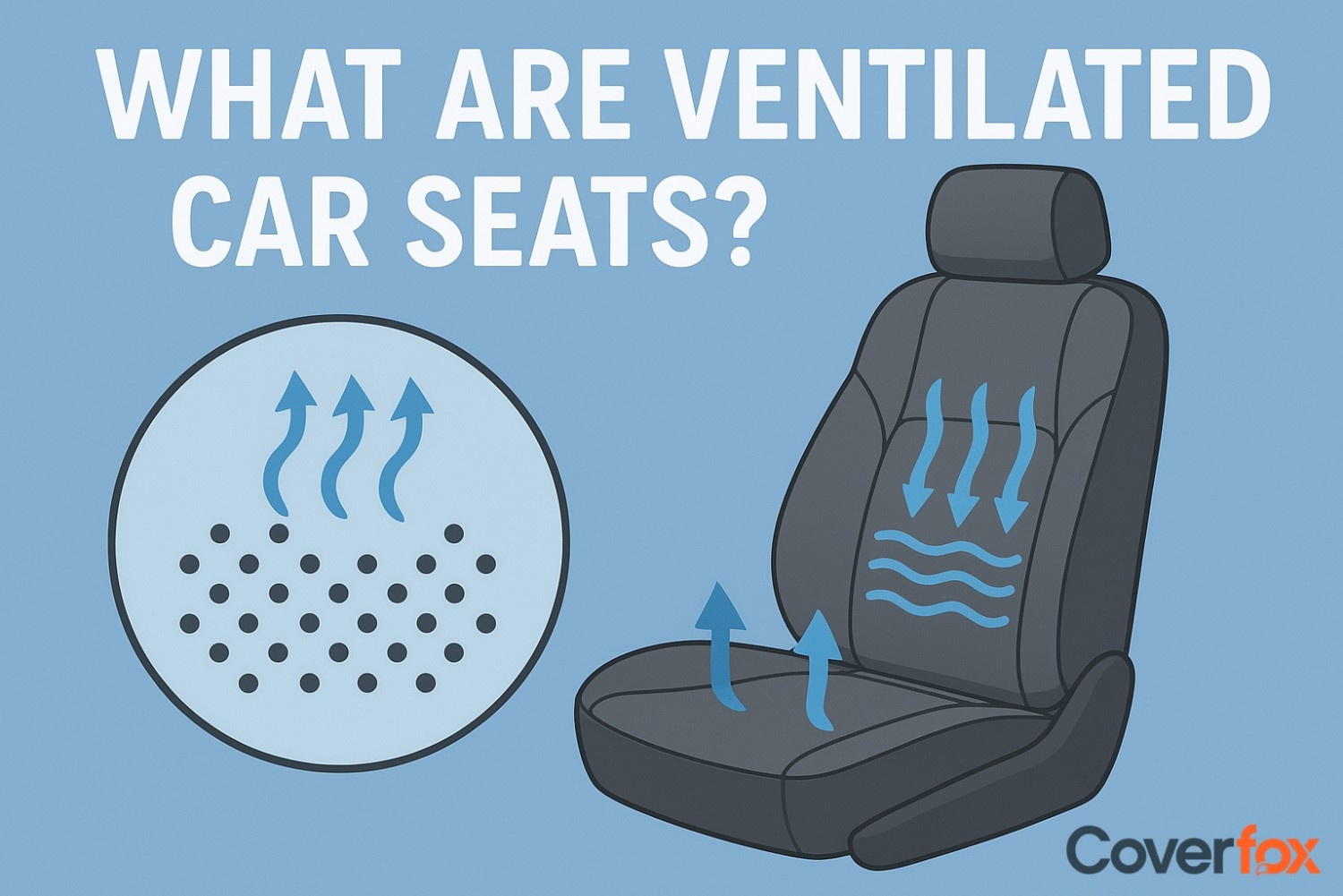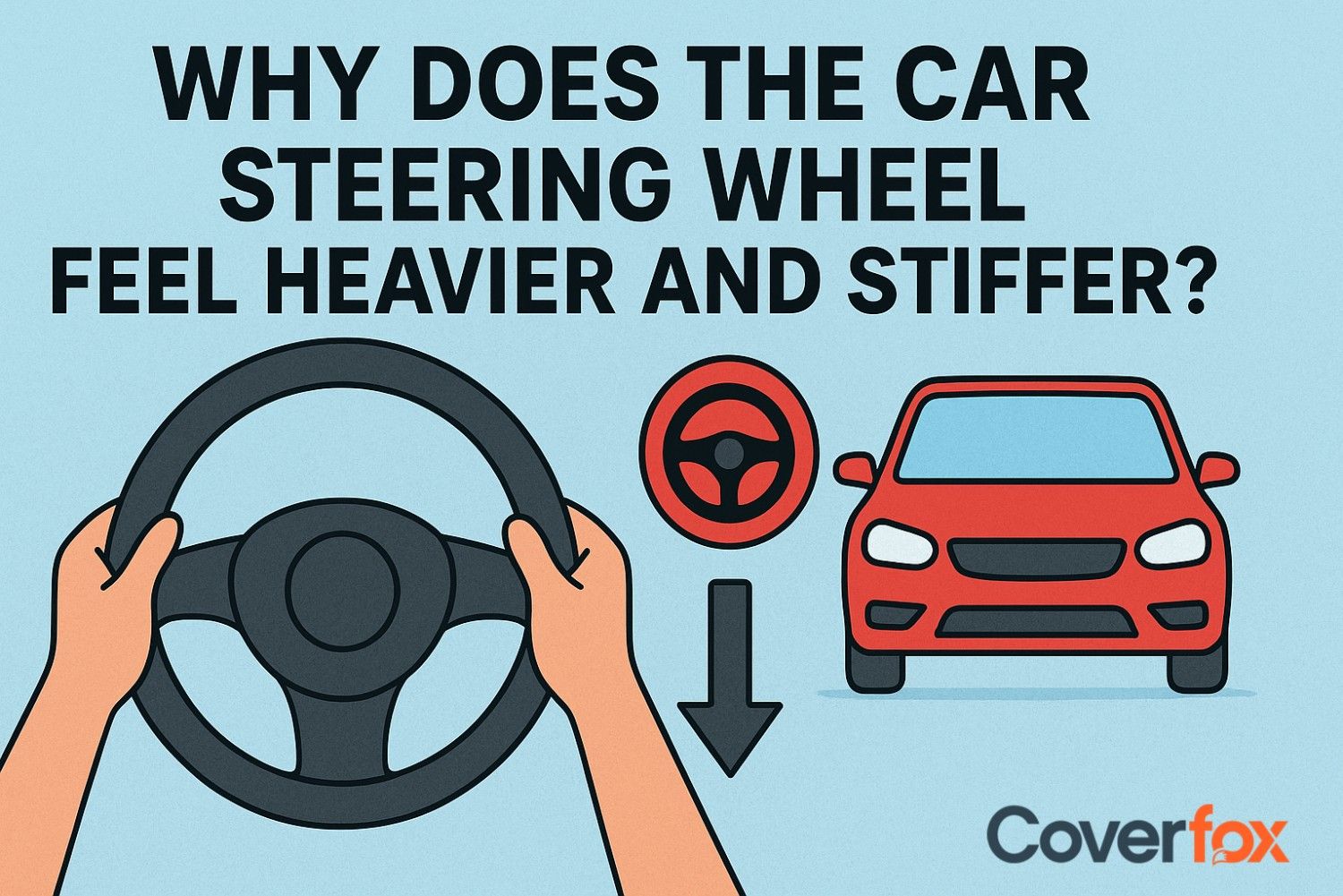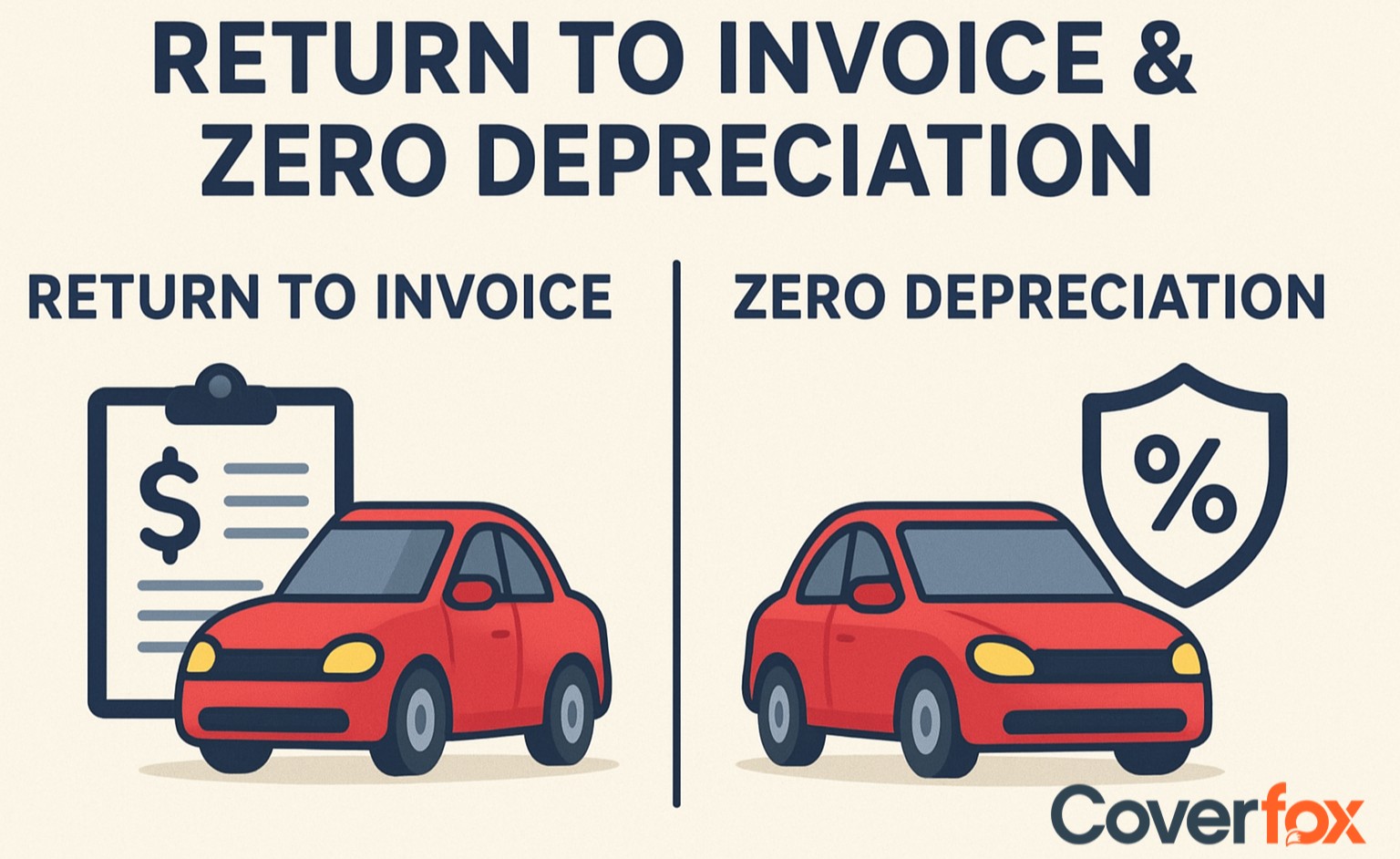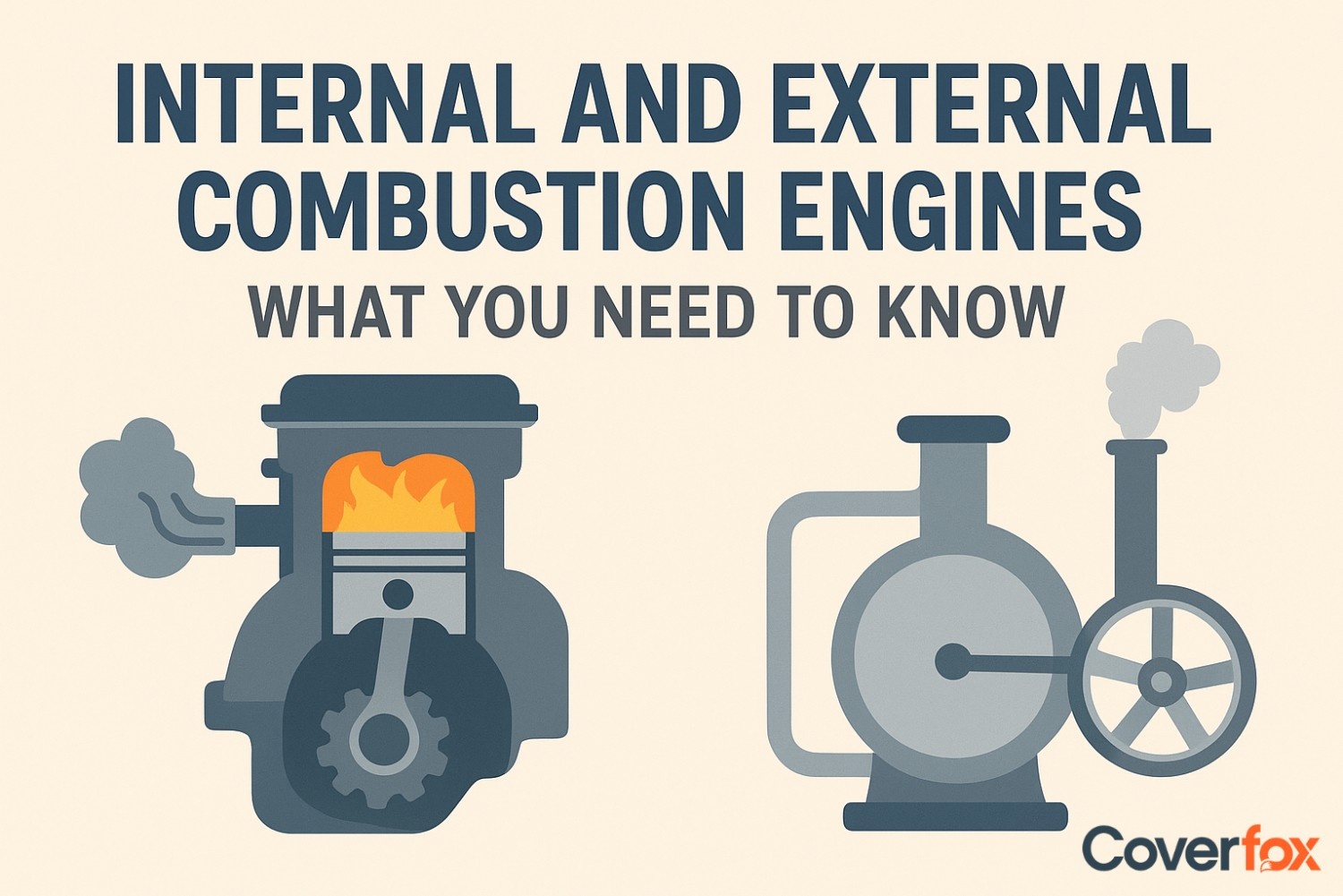As you are purchasing a car, one of the main questions arises on which tyre to choose that is suitable for your car. There are all sorts of tyres available in the market for a car, from tube to tubeless, tyres suitable for summer, tyres suitable for winter, basically, there is a tyre for every need.

It is a tough and confusing decision to make if you are clueless on which tyre is suitable for which car. Lets quickly get over that problem through this article and help you select the best choice of tyre for your car.
What Are the Different Types of Tyres?
As we have established, there are various kinds of tyres available in the market for your car. Tyres are typically separated by different categories to help and understand their use. The tyres are divided into different types based on season, construction, terrains, vehicle type and tubes. Each type has its own unique characteristics to cater a specific need. For example, winter tyres are made to withstand snowy roads, whereas mud-terrain tyres are made for off roads. It all comes down to your need and where you are going to use your car. Lets dive deeper into each type of tyre.
All-Season Tyres
As the name suggests, these types of tyres are valid and usable throughout the year. They are made to withstand different weather conditions providing a balanced performance. However, they are not suitable for extreme weather, like seasonal tyres are. These tyres typically feature moderate tread depths and rubber compounds that remain flexible in mild temperatures, making them suitable for drivers in temperate climates who don’t encounter extreme weather.
Salient Features
- Optimised tread pattern for both wet and dry traction
- Longer tread life compared to seasonal tyres
- Quiet and comfortable ride quality
- Performs adequately in light snow, but not designed for heavy snow or ice
- Eliminates the need to switch tyres between summer and winter seasons
- Cost-effective for year-round use in moderate climates
Summer Tyres
Made for extreme summers and dry weather, Summer tyres are made from a specialised rubber compound that stays firm in high temperatures, providing better cornering and braking capabilities. It offers enhanced grip, precision, and handling on both dry and wet roads. However, these tyres are not suitable for cold and winters. With shallower tread depths and fewer grooves, these tyres maximise road contact, making them ideal for sporty driving and high-speed stability during hot months.
Salient Features
- Excellent traction and braking performance in warm, dry, and wet conditions
- Stiffer rubber compound for improved cornering and responsiveness
- Reduced tread depth for better road contact and agility
- Not suitable for cold temps or snowy conditions
- Enhances fuel efficiency and driving dynamics in summer months
- Ideal for performance vehicles and spirited driving styles
Winter Tyres
Winter tyres or snow tyres are made for driving in the snow. They are made with a softer rubber compound that remains pliable in low temperatures, these tyres ensure better grip and traction when the temperature drops down. They also feature deeper treads and numerous sipes (tiny grooves) that bite into snow and ice, allowing for safer acceleration, braking, and cornering during harsh winters.
Salient Features
- Flexible rubber compound retains grip in cold temperatures
- Deep tread patterns with dense sipes for improved snow and ice traction
- Enhanced braking performance in slippery winter conditions
- Marked with the three-peak mountain snowflake (3PMSF) symbol
- Designed to reduce hydroplaning on slushy roads
- Not suitable for warm-weather driving—leads to faster wear
Performance Tyres
Made for performance, this type of tyres are typically found in sports cars. Speed is the main goal for these tyres, meaning to maintain road contact at high speeds. Driving enthusiasts and sports car lovers prefer these types of tyres. It is made with precision to maintain contact on the road and be able to control the tyres even at high speeds.
Salient Features
- Enhanced grip and handling at high speeds
- Low-profile sidewalls for improved cornering stability
- Special tread design for precise steering response
- Ideal for dry and mildly wet road conditions
- Optimised for braking performance and control
- Less durable in cold or rough driving conditions
Run-Flat Tyres
These unique tyres retain functionality even after getting punctured. Though for a limited distance, it can still work efficiently for the time being without repairs or replacement. They are made with solid side walls, which in turn helps to support the vehicle’s weight even with little to no air pressure inside. Ideally, highway commuters, long riders prefer these types of tyres.
Salient Features
- Can be driven up to 80 km at reduced speeds (usually around 80 km/hr) after a puncture
- Reinforced sidewalls prevent tyre collapse when deflated
- Eliminates the need for a spare tyre in many vehicles
- Enhances safety by reducing the risk of blowouts
- Compatible only with vehicles equipped with Tyre Pressure Monitoring Systems (TPMS)
- Typically costlier and harder to repair than standard tyres
All-Terrain Tyres
All-terrain/Off-road tyres are your one stop solution for off roading. Made to drive through rocky, muddy, soiled, gravel or sandy terrains, these tyres are constructed with tougher rubber compounds and aggressive tread patterns that offer excellent grip and durability. Most SUVs and 4x4 vehicles have these types of tyres.
Salient Features
- Deep, rugged tread blocks for superior traction on off-road surfaces
- Reinforced sidewalls to resist cuts, punctures, and abrasions
- Versatile performance on both highways and rough terrain
- Enhanced self-cleaning properties to prevent mud and debris buildup
- Strong grip on loose surfaces like gravel, sand, and snow
- Slightly noisier and less fuel-efficient than standard road tyres
Mud-Terrain Tyres
These tyres feature large, widely spaced tread blocks that dig into soft surfaces for maximum traction. These tyres are strong off-roaders, even better than off-road terrain tyres. However, they do not perform as well on normal roads. They are a compromise on comfort but provide excellent traction on muddy trails.
Salient Features
- Aggressive tread patterns for superior grip in muddy and rugged conditions
- Wide gaps between lugs help eject mud and debris, preventing clogging
- Reinforced sidewalls for durability against sharp rocks and rough terrain
- High resistance to punctures, tears, and abrasions
- Noisy and less comfortable on highways compared to road-biased tyres
Emergency Spare Tyres
They are the spare tyres that typically a manufacturer gives in the boot space of the car. These tyres generally match the tyres that come in-built from the manufacturer. It is made for emergency situations, where you can replace this tyre with the already existing tyre which is probably punctured.
Salient Features:
- Designed for temporary emergency use only
- Often a full-size and matching tyre
- Should be replaced with a standard tyre as soon as possible
- Can affect vehicle handling and braking
Space-Saver Tyres
These are also a type of emergency spare tyre, but are more compact and lightweight. They generally have less travel speed and duration than a normal emergency spare tyre. Their main benefit is that it can be easily stored inside the boot of the car, especially in compact vehicles.
Salient Features
- Smaller, narrower, and lighter than standard tyres
- Limited to low speeds and short distances
- Takes up less space in the boot, ideal for compact cars
- Not suitable for wet or uneven roads due to reduced grip
- Can impact ABS, traction control, and suspension if used too long
- Must be replaced immediately with a proper tyre for continued driving
What Are the Important Functions of Tyres?
Tyres are the only point of contact between the car and the road, and are a vital component of a four-wheeler. Here are the key functions of tyres in a car:
Traction and Grip
Tyres provide grip for acceleration, braking, and help avoid skidding. The rubber and tread part of the tyre ensure proper traction on the road.
Vehicle Load Support
The entire weight of the car (including the kerb weight, passenger weight, and the cargo weight) falls on the tyre. The weight is distributed evenly amongst all 4 tyres to maintain proper balance.
Shock Absorption
The overall comfort while travelling in a car is because of the tyres. Tyres absorb most of the shock that happens while driving, and act as the first level of defence against rough roads.
Steering and Handling
Tyres are essential for making turns and overall manoeuvring of the car.
Braking Efficiency
Most tyre ads showcase the “braking power” of the tyre. An efficient tyre ensures smooth and secure braking.
Fuel Efficiency
Low rolling resistance reduce energy loss as the tyre rolls, improving fuel efficiency and lowering CO₂ emissions without compromising performance.
Durability and Longevity
High-quality tyres resist wear and punctures, providing longer service life and reducing maintenance costs over time.
What Are the Main Components of Tyres?
Here are the main components of tyres:
1. Tread
This is the part of the tyre that touches the road. It has patterns (called grooves) that help the tyre grip the road, especially when it's wet. Different tread designs are used for different road conditions.
2. Sidewall
This is the side of the tyre, the part you see from the outside. It protects the inside of the tyre and also has important details printed on it, like the tyre’s size and speed rating.
3. Bead
This is the edge of the tyre that fits tightly onto the wheel. It helps the tyre stay fixed to the rim and keeps the air inside.
4. Carcass (or Body)
Think of this as the tyre’s skeleton. It's made of strong cords that give the tyre its shape and strength so it can carry the weight of the car.
5. Belts
These are strong layers (usually made of steel) placed under the tread. They make the tyre tougher, help it last longer, and keep it from getting damaged easily.
6. Inner Liner
This is the inside layer of the tyre that holds the air in, kind of like a balloon inside the tyre. It's only found in tubeless tyres.
7. Shoulder
This is where the top of the tyre (the tread) meets the side (the sidewall). It helps the tyre stay steady when you turn or take sharp corners.
8. Grooves and Sipes
These are the little lines and cuts in the tread. They help push water out from under the tyre so the car doesn’t slip or skid.
Summing Up
As we saw, there are tyres available to cater each need. Be it for sports or for off roading, there is an option for every use. How to select the best one for your car? Check where you are going to use the car, what kind of roads you are going to drive on, the size of the tyre and your budget.
Consider all these factors, and the information provided to make an informed decision. However, above all make sure you take care of your tyres. Wear and tear of tyres are typically not covered under car insurance unless in an accident. Ensure you maintain them because they are one of the major reasons that can lead to an accident.
Read More
Frequently Asked Questions
What are different types of tyres?
DIfferent types of tyres include, tube, tubeless, performance, off-road, all-season, summer, winter tyres, etc.
What are performance tyres, and who should use them?
Performance tyres often referred to as sports tyres are generally used in sports cars and for car enthusiasts who are looking for speed.
What are the variants of a run-flat tyre?
There are 2 main variants of a run-flat tyre, namely self-supporting and auxiliary-supported.
Can I use space-saver tyres for extended periods
No, it is not recommended to use space-saver tyres for longer periods of time as they can damage the car.
What are the benefits of using all-terrain tyres on my 4x4 vehicle?
Generally they are beneficial for off-road purposes, giving excellent grip and traction on the road even on the rockiest of conditions.
